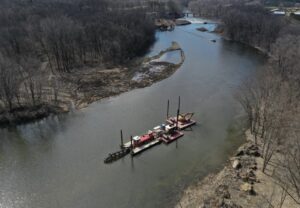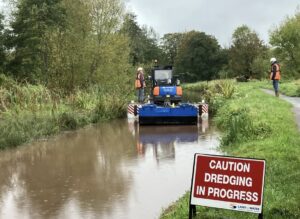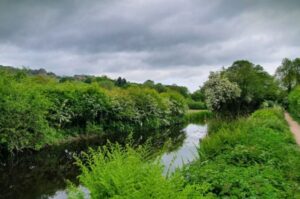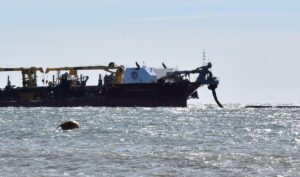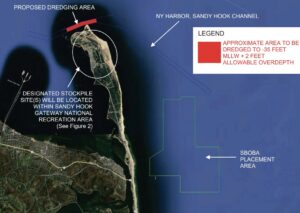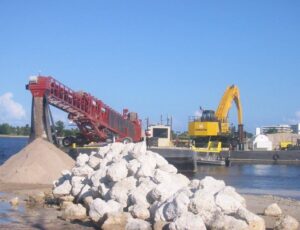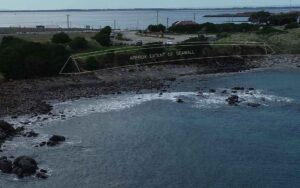Agreements Proposed for Gowanus Canal Dredging
The U.S. Environmental Protection Agency yesterday announced proposed agreements with two subsidiaries of The Lightstone Group that are developing 700 units of residential housing adjacent to the Gowanus Canal in Brooklyn, New York.
The companies, LSG 363 Bond Street LLC and LSG 365 Bond Street LLC, have agreed to conduct sampling, cleanup work, and other measures on three parcels of land along the Gowanus Canal. The three parcels, which total 3.4 acres, are also subject to a cleanup as part of a New York State Department of Environmental Conservation Brownfield redevelopment program. The estimated value of the work under the settlements is approximately $20 million. The EPA will accept public comments on the two proposed settlement agreements until October 8, 2014.
“These settlements illustrate that the Superfund program can work in parallel with redevelopment,” said Judith A. Enck, EPA Regional Administrator. “The removal of contaminated soil and the other actions proposed under this agreement will reduce pollution along the Gowanus Canal and serve as a model for addressing the impacts of future potential development along the Canal.”
Under the terms of the settlements, and with EPA oversight, the Lightstone subsidiaries will, among other actions:
– Conduct additional sampling to help determine additional source areas of contamination;
– Remove an estimated 17,500 cubic yards of contaminated soil to facilities licensed to receive the waste;
– Construct a bulkhead to prevent residual contamination from spreading and to permit dredging;
– Ensure that the project will not be a future contamination source to the Canal through EPA approval of sewage and stormwater plans.
More than a dozen contaminants, including polycyclic aromatic hydrocarbons (PAHs), polychlorinated biphenyls (PCBs) and heavy metals, including mercury, lead and copper, were found at high levels in the sediment in the Gowanus Canal.
PAHs and heavy metals were also found in the canal water. PAHs are a group of chemicals that are formed during the incomplete burning of coal, oil, gas, wood, garbage or other organic substances. PCBs were used as coolants and lubricants in transformers, capacitors and other electrical equipment and their manufacture was banned in 1979. PCBs and PAHs are suspected to be cancer-causing and PCBs can have neurological effects as well.
The EPA finalized its plan to clean up the Gowanus Canal Superfund site in September 2013. The cleanup will include removing contaminated sediment that has accumulated as a result of industrial and sewer discharges from the bottom of the Canal by dredging. The dredged areas will then be capped.
The plan also includes controls to reduce combined sewer overflows, and other land-based sources of pollution from compromising the cleanup. The engineering design work for the project is ongoing.


